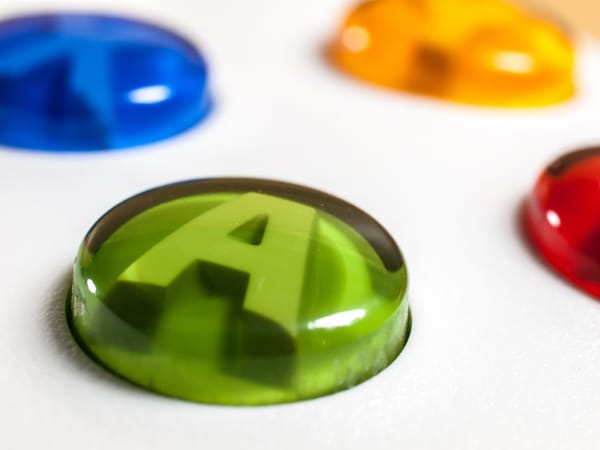Are you making the Switch?
The Wii U was, to be frank, not that successful and probably dented Nintendo’s position. Now they’ve introduced the Switch with a load of new features. Question is, will it be enough?

The year is 2016, and the Wii U has been doing incredibly badly worldwide for a number of years. In March, Nintendo announced a partnership with a Japanese mobile provider, DeNA, to provide some of their intellectual properties on mobile platforms. While this came as a big surprise, it was the news we received shortly afterwards that really set imaginations alight. In a press conference only a few days later, they confirmed that a new hardware platform was in development, simply codenamed the “NX”.
Last month, Nintendo officially announced this much-rumoured console as the Nintendo Switch, a home console/portable hybrid. The promotional video they uploaded showcased many potential ways to play, with the release date being March 2017.
The Nintendo Switch was revealed to be a tablet-like console, with two controllers called Joy-Cons that can attach to both sides of the console. These can be detached and used wirelessly, in a similar fashion to a Wiimote and Nunchuk, all while playing on the tablet. However, no official information is available on whether the Joy-Cons are motion-enabled or if the tablet has a touchscreen. The Joy-Cons can also act as individual controllers when turned sideways, though they seem rather small. An accessory called a Joy-Con Grip is also available, which acts as a holder for both Joy-Con controllers (termed L and R respectively), and a more traditional Switch Pro Controller will also be released.
The console itself can be placed into a dock which can be connected to a TV for playing on the big screen. However, the tablet cannot be used while docked, so it seems that Nintendo has abandoned multi-screen functionality, available on both the 3DS and the Wii U. By simply lifting the tablet out of the dock, you can transition from TV to handheld, and to transition from handheld to TV, you simply place the tablet back into the dock. It is extremely simple and seems to work instantly, with the game continuing exactly as it was before the transition.
By simply lifting the tablet out of the dock, you can transition from TV to handheld
Nintendo has shown a number of games being played on the system, likely not actual gameplay footage though. A brand new 3D Mario game was shown, along with NBA 2K17 and possibly updated versions of Mario Kart 8 and Splatoon. Surprisingly, one of the games that received the most screen time was The Elder Scrolls V: Skyrim. A large chunk of the promotional video showcased a person taking his Switch with him on a plane before returning home, playing Skyrim the entire time. They also showed arguably their most anticipated upcoming game, The Legend of Zelda: Breath of the Wild, which will also release simultaneously on the Wii U.
Nvidia announced that they have been working with Nintendo to create a custom Tegra processor to power the Switch; they currently use the Tegra in the Nvidia Shield, their own portable gaming console. While no numbers or benchmarks have been revealed, the fact that The Legend of Zelda: Breath of the Wild will release simultaneously on the Wii U and Switch means the Switch should at least rival the Wii U in terms of performance.
The Switch will play games using game cards instead of discs, which is a clever move as flash media is now faster, smaller, cheaper and able to hold more data than Blu-Rays. Unfortunately, this implies it won’t be backwards compatible with the Wii U or the 3DS. Ports, emulators or even accessories haven’t been ruled out to play games from older systems, though the latter is more likely a pipedream.
The Switch should at least rival the Wii U in terms of performance
A number of third-party game developers and publishers have been confirmed by Nintendo to be supporting the Switch. The list is extremely promising and includes all the major players as well as some smaller companies. Of note are FromSoftware, the creators of the Souls series and Bloodborne; Telltale Games, who are famous for their point-and-click games; Bethesda, the minds behind both The Elder Scrolls and Fallout; and Platinum Games, the creators of Metal Gear Rising: Revengeance and Bayonetta.
The Switch seems like a major step in the right direction from Nintendo; they seem to be guaranteeing strong third-party support and are also trying to appeal to both casual and core gamers. And right now, I think it’s definitely working.









